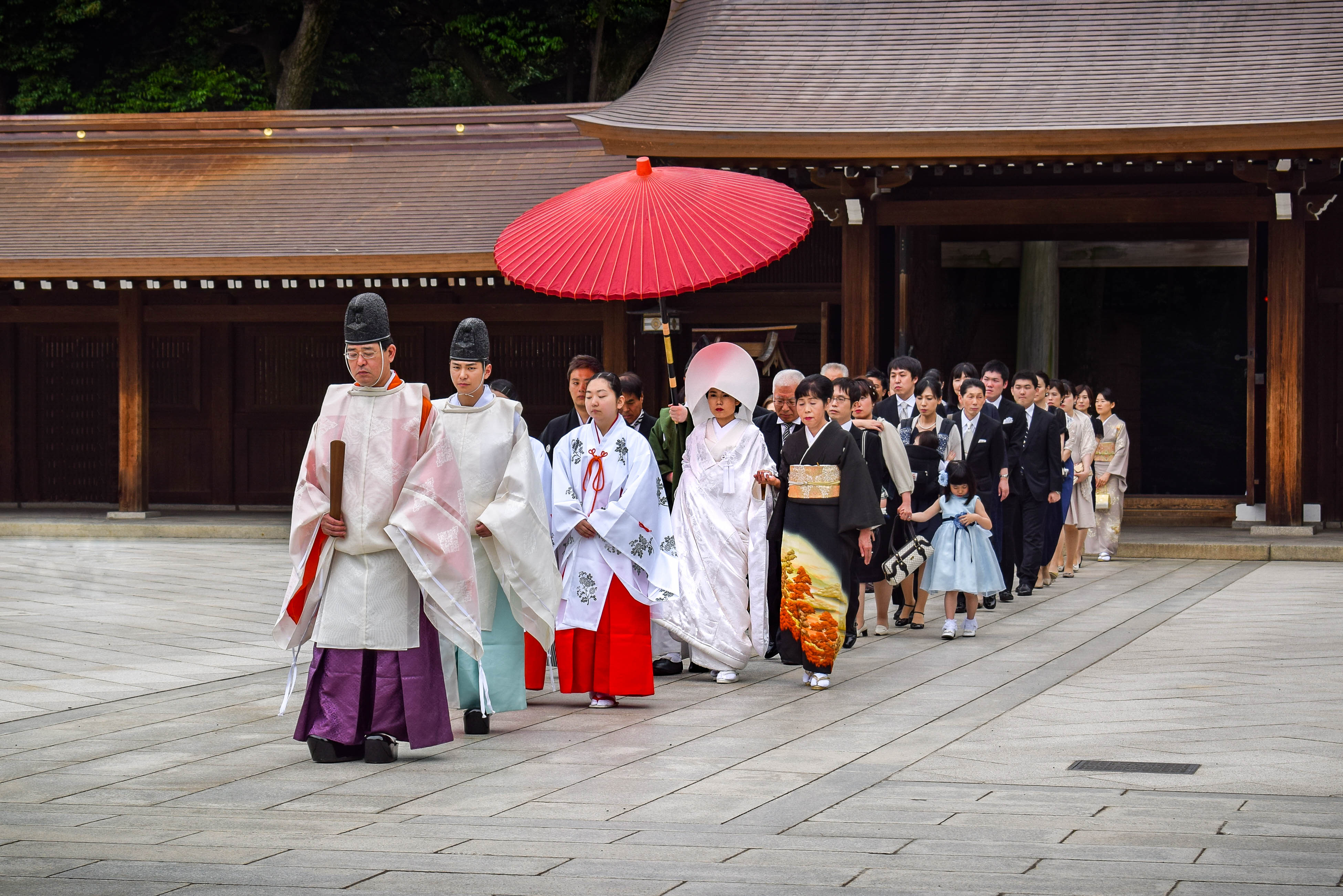Uncommon Knowledge
Newsweek is committed to challenging conventional wisdom and finding connections in the search for common ground.

Japan’s birth rate fell for the eighth year in 2023, deepening a population crisis that has confounded policymakers and threatens the viability of the world’s fourth-largest economy.
The fertility rate, or the number of births a woman can be expected to have in her lifetime, stood at 1.2 last year, according to figures from the Japanese Health Ministry, down 0.25 percent from 2015 and far below the replacement rate of 2.1.
Japan is not alone as it faces a population crisis by its plummeting number of births. East Asia is at the bottom, with China (1.0 births per person), Taiwan (0.85), and South Korea (0.72) all struggling to reverse the trend.
Combined with a rapidly greying workforce and relatively low immigration, these populations face higher dependency ratios and increasing pressure on public services and pension systems, straining their economies.
Only 727,277 children were born in Japan last year. This was a drop of 43,482 since 2022 and the lowest figure since Japan started recording statistics in 1899, according to local news agency NHK.
Japan’s Health Ministry called the situation “critical” and warned the country has until the 2030s, when the youth population experiences a steep drop, to boost its births.
The fertility rate in the Japanese capital of Tokyo was even lower at 0.99 births per woman. The next lowest was the northernmost prefecture of Hokkaido (1.06) and Miyagi prefecture in the northeast (1.07). Okinawa prefecture had the highest fertility rate, posting 1.60.
Newsweek contacted the Japanese embassy in the U.S. via email outside office hours.
The number of marriages also took a hit. The health ministry reported there were just 474,717 last year, a decrease of 6 percent since 2022. This was the lowest number of newlyweds since the end of World War II, per NHK.
Less than 3 percent of Japanese children are born outside of wedlock, therefore marriages have a strong impact on the number of births in the country.
Prime Minister Fumio Kishida has made increasing Japan’s birth rate a major priority.
Last year, he instructed his cabinet to earmark $25 billion in childcare funding over a three-year period. Kishida also said he hoped to double national childcare spending within a decade.
Local governments are introducing their own initiatives to encourage couples to start families.
Municipalities have for some time been organizing community matchmaking events, but the Tokyo Metropolitan Government is set to go a step further by launching a dating app.
The app will require prospective matches to provide documentation of their single status as well as sign a letter confirming they are willing to tie the knot.
Newsweek is committed to challenging conventional wisdom and finding connections in the search for common ground.
Newsweek is committed to challenging conventional wisdom and finding connections in the search for common ground.